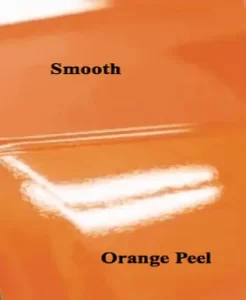Edit Content

Services
Auto Body Supplies
Specialty Paints
Helpful Links

Services
Auto Body Supplies
Specialty Paints
Helpful Links

https://theautopaintdepot.com/automotive-paint-supply/

CALIFORNIA PROPOSITION 65 WARNING: CANCER AND REPRODUCTIVE HARM
©2024 THE AUTO PAINT DEPOT, ALL RIGHTS RESERVED. | THEME & DESIGN BY: APPLE ORANGE MARKETING